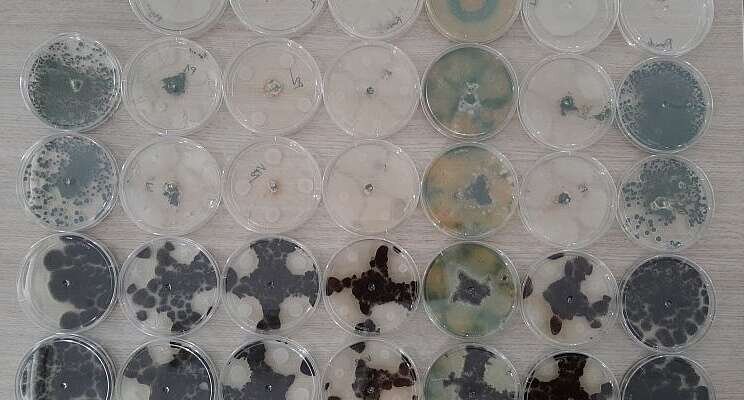The battle with fungi in dry hyacinth bulbs
Added on 12 April 2022

Hyacinth bulbs are harvested in the summer and are then stored. Some of the bulbs are intended for the market, another part is intended for propagation and are planted on the field again in the autumn. In both cases, the bulbs are stored for several months. In the soil, the bulbs can be contaminated with, for example, Aspergillus and Penicillium, but these infections only become serious during storage. Because of the temperature and humidity during storage, the two fungi can spread quickly.
Antagonistic fungi and bacteria
WUR is investigating whether crop protection products that are permitted during cultivation can also be effective during storage. This in particular concerns antagonistic fungi and bacteria: these compete with Aspergillus and Penicillium, for example by attacking them with toxic substances or by crowding them out. A complicating factor here is that the two fungi thrive at a different temperature: Aspergillus likes heat, while Penicillium prefers a lower temperature. The effect of the antagonists must therefore be geared to this.
Photo Courtesy of Wageningen University & Research
Source: Wageningen University & Research
More news















